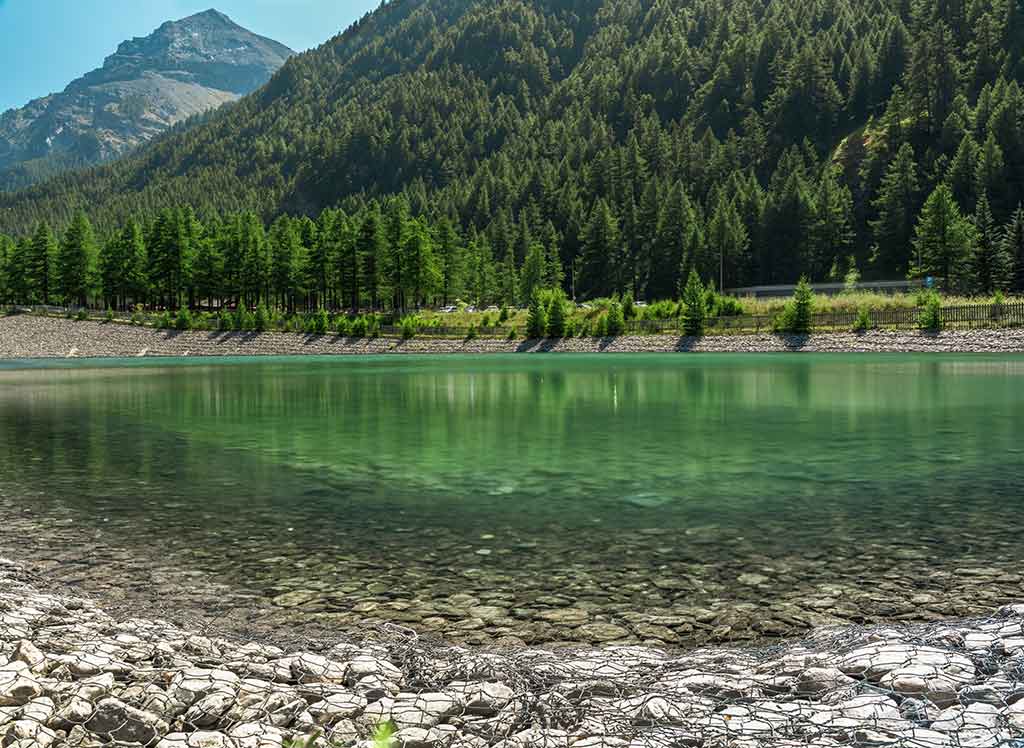Welcome
to Pragelato Italy. If you’are planning to visit Pragelato for your next trip and you are
looking for the best places to visit, here you’ll find tips and suggestions of most
popular point of interest and activities not to be missed in Pragelato and surrounding.
Travelers will appreciate this italian town with
his rich historical and artistic heritage, local culture and environment. Discover the monuments, buildings, natural
treasures and all the details that characterize Pragelato and its territory. Share and suggest a place you've
visited.

Pragelato, artificial pond in Val Troncea in Piedmont
I visited Pragelato both in winter and autumn: with its about 40 kilometers of ski slopes that offer to the province of Torino Alpine landscapes of extraordinary beauty. This location is also known for having been one of the chosen to host the 2006 Winter Olympics.
It is impossible to go to Pragelato and not visit the spectacular Natural Park of Val Troncea where you can practice cross-country skiing: the resort offers rings from 2 to 15 kilometers in length. In autumn, I recommend you make a luxury landscape itinerary, in the bottom of the valley, so that you can enjoy the views and colors of this season. The advantage of Pragelato lies in the fact that you can also ski in the Milky Way area, counting on an unparalleled choice of ski slopes. For those who prefer skating, there is an ice skating rink here.
Picturesque is its historic center and of great tradition the local market that brings together its inhabitants every Sunday morning, throughout the year.
written by Amanda Walters - Last update: 23/08/2022
This guide has been translated automatically through a third party service. Visititaly offers these automatic translations to help site visitors, however the automatic translations may contain inaccuracies, errors or inaccuracies. You can contact us to report inaccuracies or errors and we will check the translation.